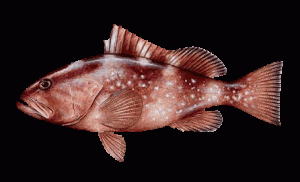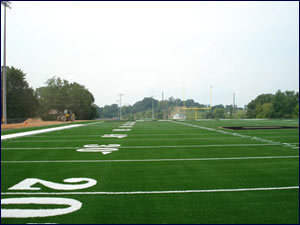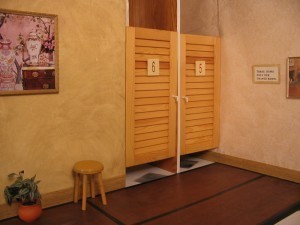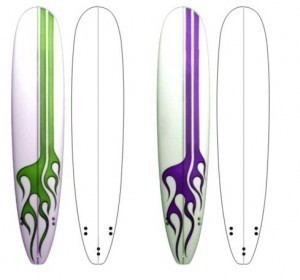Water Polo Ball Dimensions
Known for its easy-grip design and bright yellow color,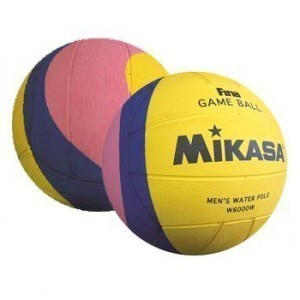 the water polo ball is used in competitive sports like canoe polo and water polo. It is available in two major sizes, namely the size-4 and size-5 balls. In addition, there are also smaller variants that are used by juniors for special events like mini-polo. The miniature versions come in various sizes, which often have green color. Besides these interesting details, there are other significant things to learn about this sport equipment including the water polo ball dimensions.
the water polo ball is used in competitive sports like canoe polo and water polo. It is available in two major sizes, namely the size-4 and size-5 balls. In addition, there are also smaller variants that are used by juniors for special events like mini-polo. The miniature versions come in various sizes, which often have green color. Besides these interesting details, there are other significant things to learn about this sport equipment including the water polo ball dimensions.
The Dimensions of a Water Polo Ball
Water polo balls are available in two major sizes, which are the size-4 and the size-5 balls. A size-4 ball is especially designed for women, the circumference of which measures only 26.5 inches or 0.65 meters. On the other hand, the size-5 ball is intended for men’s competitions, the circumference of which measures 28 inches or 0.7 meters. The weight of these balls ranges from 14 to 16 ounces or 400 to 450 grams. The ball used for competitions usually has a bright yellow color.
Additional Facts and Other Important Details
The origins of the water polo ball can be traced back to the 19th century, when water polo was still played like a form of rugby football. The game was usually held in the rivers of Scotland and England. During that time, the ball used for the game still came from India, which was made out of rubber, which only measured about 3 to 4 inches. Slowly, this form of rugby became known as water polo, derived from word ‘pulu,’ which is Balti for the term ‘ball.’
Years later, the original version of the ball was changed to a soccer ball. With this change, players were able to pass and swim above the water together with the ball. However, things became inconvenient because of a number of different factors. Once the soccer ball is dipped into the water, it absorbed liquid and became extremely out-of-control, slippery and heavy.
A California water polo coach named James R. Smith decided to develop a ball specifically designed for the game in 1936. To help improve the performance of players, he created a ball made from a rubber fabric cover and an inflatable bladder. Initially, this ball was designed with a red color. Later on, it was changed to yellow so that the spectators can watch the games better as they progress. In 1956, the Federation Internationale de Natation adopted it as the standard color for water polo balls.
